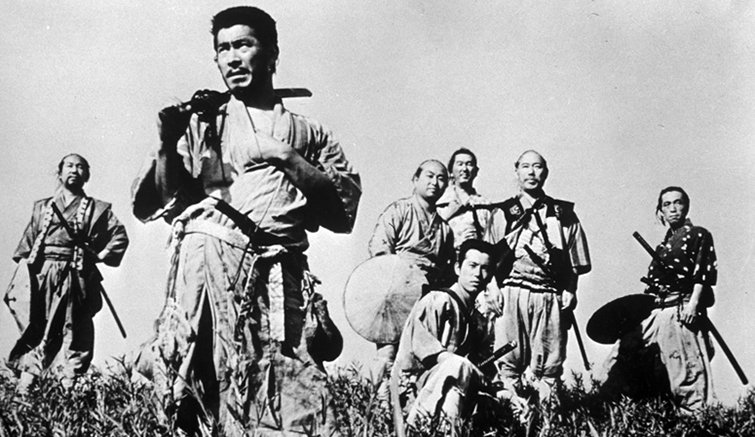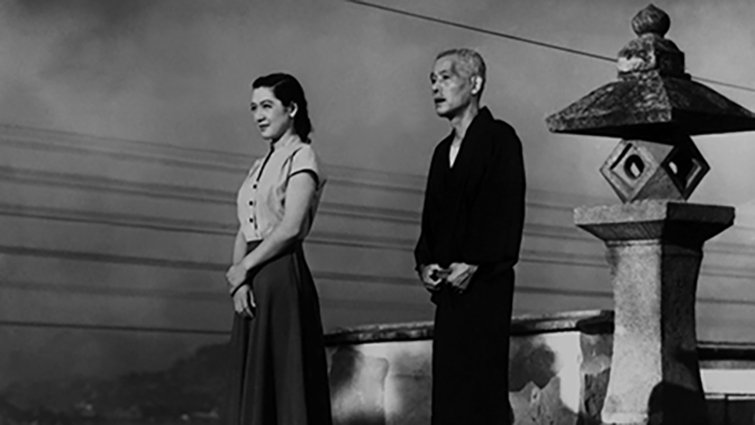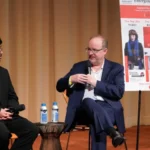The Impact of Japanese Cinema on Western Filmmaking
Japanese cinema has long been renowned for its innovative storytelling, distinctive visual style, and profound thematic depth. Over the decades, it has significantly impacted Western filmmaking, influencing both the techniques and aesthetics of Hollywood and global cinema. This post explores how Japanese cinema has shaped Western filmmaking, highlighting key aspects of this cultural exchange and its enduring effects on the film industry.
1. The Rise of Japanese Cinema and Its Global Influence
Japanese cinema began gaining international recognition in the mid-20th century, thanks to pioneering directors such as Akira Kurosawa, Yasujiro Ozu, and Kenji Mizoguchi. Their films, celebrated for their unique narrative styles and visual artistry, captured the attention of global audiences and filmmakers.
- Akira Kurosawa: Kurosawa’s films, such as Rashomon (1950) and Seven Samurai (1954), introduced Western audiences to the depth and complexity of Japanese storytelling. His use of innovative narrative techniques, such as the multiple perspectives in Rashomon, influenced Western filmmakers and contributed to the development of modern cinematic storytelling.
- Yasujiro Ozu: Ozu’s meticulous approach to filmmaking, characterized by his low-angle shots and the “pillow shot” technique, has been highly influential. His films, including Tokyo Story (1953), offer a quiet yet profound exploration of human relationships and societal change, resonating with filmmakers seeking a more contemplative approach.
Why It Matters:
The international success of these directors opened the door for cross-cultural influences, allowing Japanese cinema to inspire and shape Western filmmaking practices.

2. Influences on Hollywood Filmmaking
Japanese cinema has had a notable impact on Hollywood, affecting various aspects of film production and storytelling. This influence is evident in several key areas:
- Storytelling Techniques: Japanese films often explore themes of honor, fate, and existential dilemmas, offering narrative structures that challenge conventional Western approaches. For instance, the use of non-linear storytelling in films like Rashomon has inspired Hollywood directors to experiment with similar techniques in movies such as Pulp Fiction (1994) by Quentin Tarantino.
- Visual Aesthetics: The visual style of Japanese cinema, including its use of composition, color, and camera angles, has influenced Western filmmakers. The clean lines and symmetrical compositions found in Ozu’s films, as well as the dynamic action sequences in Kurosawa’s work, have been adopted and adapted by directors like George Lucas and Steven Spielberg.
- Genre Innovations: Japanese genres such as J-Horror and anime have introduced new elements to Western cinema. The global success of J-Horror films like The Ring (1998) and Ju-On: The Grudge (2002) led to American remakes and a broader interest in psychological horror. Similarly, anime’s distinct animation style and storytelling approach have influenced Western animated films and series.
Why It Matters:
Japanese cinema has broadened the creative possibilities for Western filmmakers, encouraging innovation and experimentation in film production and narrative structure.
3. Cross-Cultural Collaborations and Adaptations
The influence of Japanese cinema on Western filmmaking is also reflected in cross-cultural collaborations and adaptations. Filmmakers and studios have increasingly looked to Japanese films and stories for inspiration, leading to notable adaptations and remakes.
- Remakes of Japanese Films: Several Japanese films have been adapted into Western versions, with varying degrees of fidelity to the original. For example, the American remake of The Ring (2002) retained much of the eerie atmosphere of the original while tailoring the story to American audiences.
- Collaborations with Japanese Filmmakers: Western studios and filmmakers have collaborated with Japanese talent, resulting in innovative projects that blend Eastern and Western cinematic traditions. Directors like Guillermo del Toro have cited Japanese films as major influences on their work, blending these influences into their own unique styles.
Why It Matters:
These collaborations and adaptations highlight the growing interconnectivity of global cinema and the continuing influence of Japanese film on the international stage.
4. The Evolution of Global Cinema Trends
Japanese cinema has contributed to the evolution of global cinema trends, influencing how films are made and received worldwide. The blending of Japanese cinematic techniques with Western practices has led to new genres and storytelling methods.
- Hybrid Genres: The fusion of Japanese horror elements with Western film techniques has given rise to hybrid genres, such as the “J-Horror” and “Asian horror” trends in Western cinema. This cross-pollination has expanded the range of horror and thriller genres globally.
- Cultural Exchange: The appreciation and incorporation of Japanese film techniques have fostered a greater cultural exchange within the film industry. This exchange has enriched the storytelling and visual style of films across different cultures and regions.
Why It Matters:
The ongoing influence of Japanese cinema helps to push the boundaries of global filmmaking, encouraging filmmakers to explore new creative avenues and perspectives.
5. Contemporary Influence and Legacy
Today, Japanese cinema continues to influence Western filmmaking, with contemporary directors and filmmakers drawing inspiration from its rich tradition. The legacy of Japanese cinema can be seen in the work of modern directors who incorporate elements of Japanese film aesthetics and storytelling into their own projects.
- Modern Directors: Contemporary filmmakers such as Darren Aronofsky and Wes Anderson have cited Japanese cinema as an influence on their work. Aronofsky’s Black Swan (2010) and Anderson’s The Grand Budapest Hotel (2014) reflect a visual style and narrative complexity reminiscent of Japanese film traditions.
- Continued Innovation: The ongoing popularity of Japanese anime and film festivals dedicated to Japanese cinema highlight the continued relevance and influence of Japanese film on the global stage.
Why It Matters:
The enduring influence of Japanese cinema underscores its significance in shaping the evolution of filmmaking worldwide, ensuring that its innovations and storytelling methods continue to inspire future generations of filmmakers.
Conclusion
The impact of Japanese cinema on Western filmmaking is profound and multifaceted, reflecting a rich exchange of ideas, techniques, and cultural perspectives. From pioneering storytelling techniques to distinctive visual styles and genre innovations, Japanese films have significantly shaped the way movies are made and experienced globally. As this cultural exchange continues, the legacy of Japanese cinema remains a vital and influential force in the world of filmmaking.



